

Engage prospects with a scan and streamline customer engagement with FREE QR code marketing tools by Sona – no strings attached!
Create a Free QR CodeFree consultation

No commitment

Engage prospects with a scan and streamline customer engagement with FREE QR code marketing tools by Sona – no strings attached!
Create a Free QR CodeFree consultation

No commitment
Food trucks are reshaping urban dining with mobility, creativity, and direct relationships that feel personal and local. Yet as lines grow and menus change by the hour, operators face operational challenges that analog tools cannot keep up with: long wait times, misheard orders, limited space for printed menus, and too little data to inform smarter decisions. When a hungry passerby scans the menu, then leaves because the line is slow or the options are unclear, that is a missed revenue opportunity and a lost customer signal.
QR codes make these problems solvable. By turning every truck panel, A-frame sign, and receipt into a digital gateway, QR codes move customers from interest to action in seconds. They unlock digital menus, pre-orders, contactless payments, and loyalty sign-ups without requiring an app. They also capture valuable engagement data that helps operators forecast demand, streamline operations, and retarget high-intent audiences. The result is a faster, more modern service flow that preserves the friendly vibe while converting more foot traffic into orders and repeat customers.
By integrating QR codes across key touchpoints, food trucks can deliver a seamless experience that scales. Guests get speed and clarity. Operators get reliable throughput, better analytics, and more chances to tell their brand story to the right people at the right time. The transformation is simple to start and highly measurable, so teams can iterate quickly while keeping the heart of street food intact.
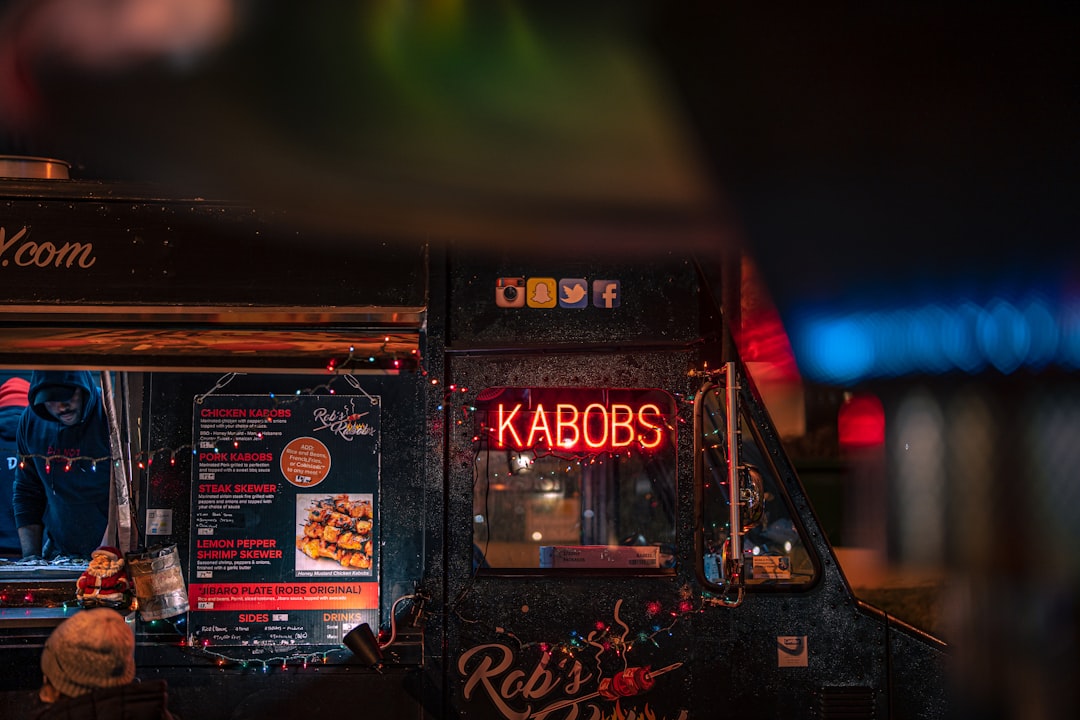
Food trucks traditionally rely on chalkboard menus, shouted orders, and manual card readers. These analog workflows slow down service, create opportunities for human error, and make it difficult to attribute which surfaces, events, or promotions drove actual sales. Customers who browse but do not order often remain anonymous forever, and that means no retargeting and no loyalty nurture.
With QR-first journeys, your truck becomes an interactive storefront. Guests can scan to view the live menu, build their order, and pay immediately. Operators can update items or inventory in seconds, reduce line congestion, and capture customer signals from every scan. For practical examples, see this MOBLZ guide. Replacing static lists with real-time menus, paper punch cards with digital loyalty, and handwritten notes with automated order tickets increases throughput and makes busy windows far more manageable.
This guide shows you how to deploy QR codes thoughtfully across the customer journey. It is designed for owners, operators, and marketers who want to modernize service, shorten lines, and make every interaction measurable without adding headcount or technical complexity.
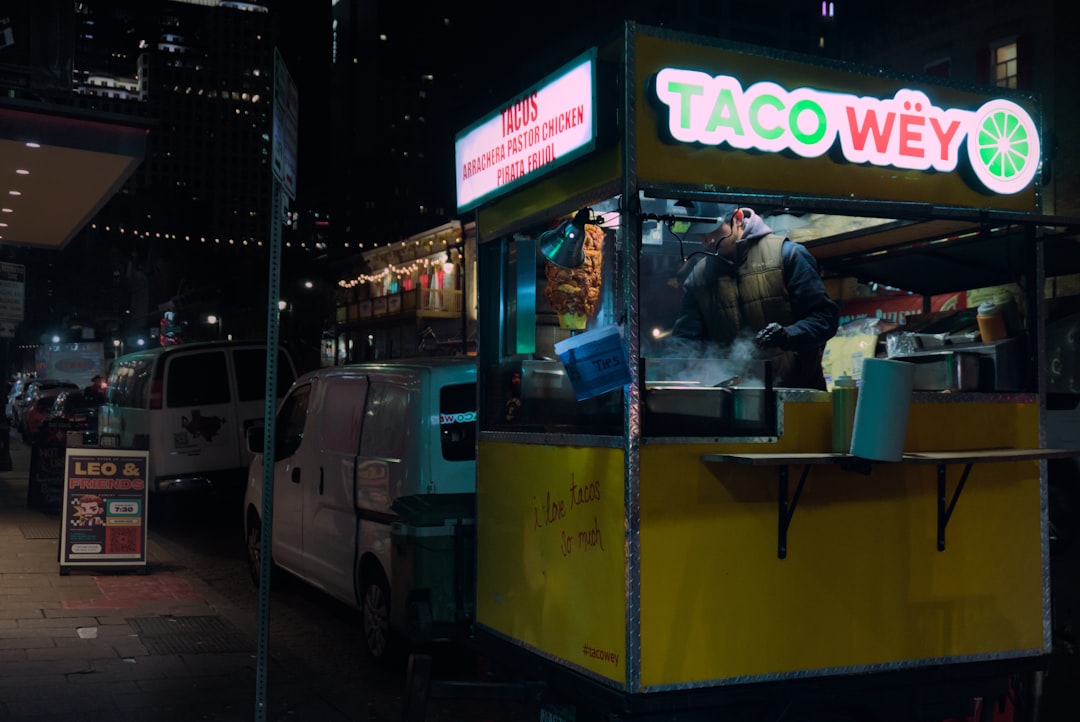
Food trucks operate in high-velocity environments where lines form quickly and decisions are made in seconds. Weather, crowd size, and event schedules can swing demand hour by hour. Printed collateral often struggles to keep up, and manual processes introduce friction when it hurts most. QR codes reduce this friction by connecting physical touchpoints to digital actions immediately, which is exactly what crowded sidewalks and busy lunch rushes demand.
They also solve a persistent data gap. Without QR-driven journeys, many interactions are invisible. A passerby who reads your chalkboard but walks away leaves no trace. With scannable prompts on panels, A-frames, and packaging, that same person can be identified as a scanner of the lunch menu at 12:15 pm near a specific park. This turns anonymous foot traffic into segments you can understand and serve better. For additional tactics tailored to mobile kitchens, see this food truck guide.
Applied thoughtfully, QR codes turn common surfaces into conversion engines. A menu board becomes a fast lane for ordering. A napkin holder becomes a feedback portal. A receipt becomes a trigger for a loyalty sign-up. The net effect is faster throughput, smarter marketing, and a better guest experience. For more QSR-specific ideas, explore Sona QR’s quick-service restaurants.
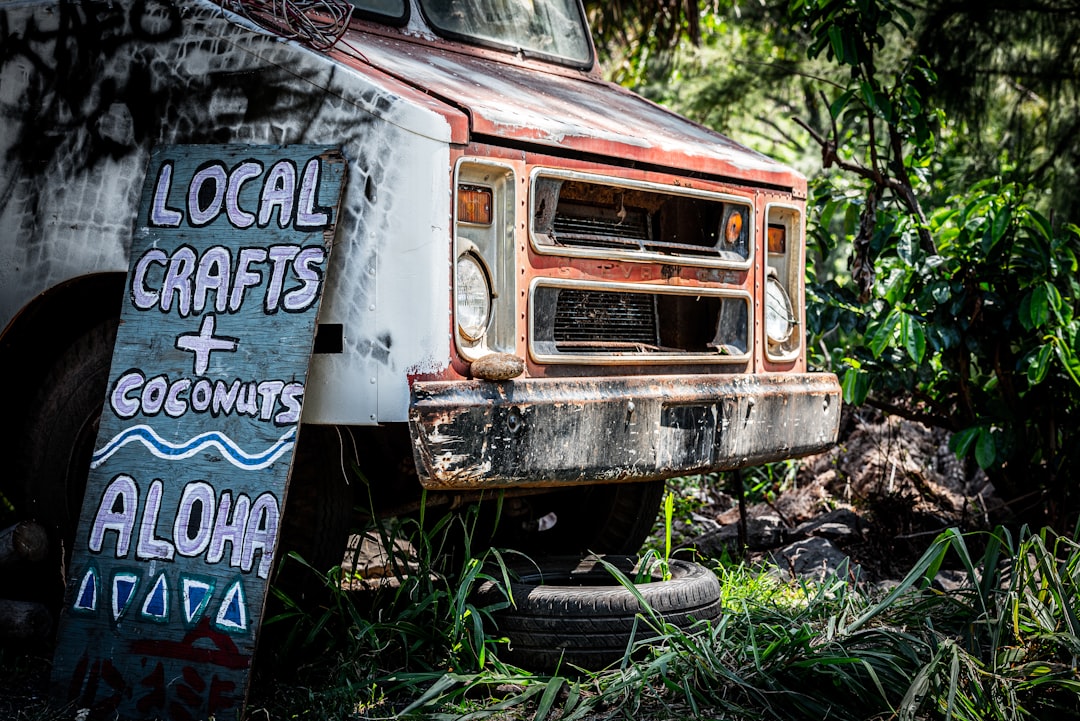
Different QR formats serve different operational needs. Food trucks benefit most from formats that launch menus, handle payments, collect feedback, and grow loyalty. Dynamic codes are especially valuable in this context because they let you change destinations and track engagement without reprinting.
For busy trucks, start with web link codes for menus and ordering. Layer in payment and loyalty formats to streamline checkout and re-engage diners after the meal. Add Wi-Fi access codes where you provide guest internet around seating zones, and consider SMS or email pre-filled messages for quick support or customized order requests during special events.
While static QR codes can work for one-time flyers or limited campaigns, dynamic codes are better fits for menus, offers, and loyalty because they support ongoing updates, analytics, and segmentation. A unified platform such as Sona QR’s product overview helps you generate and manage all formats in one place, with consistent branding, destinations, and tracking.
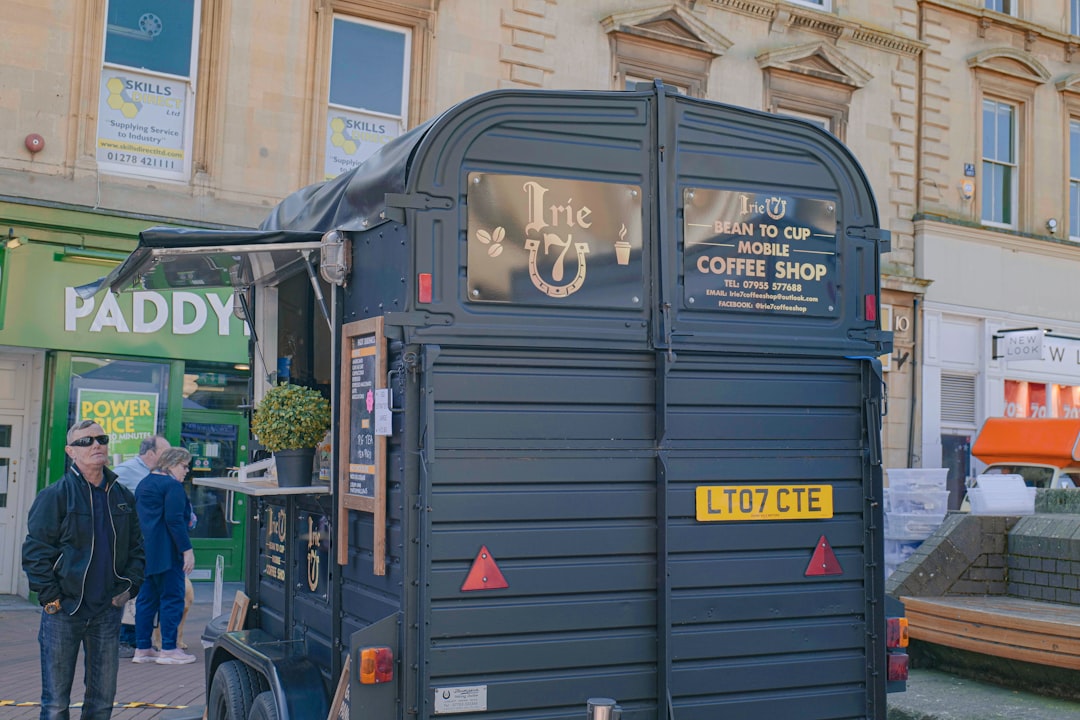
QR success in food trucks depends on thoughtful placement at the exact moments customers decide what to do next. Each surface is a chance to guide behavior, capture data, and keep the line moving. Common missteps include tiny codes, vague CTAs, and inconsistent creative that confuses customers. A clear visual hierarchy and consistent prompts will fix that.
Prioritize high-intent surfaces first. Anywhere a customer pauses or waits is a candidate for a scan. Reuse messages and designs so people recognize your look from ten feet away. Test placements and keep what consistently drives scans and orders.
When in doubt, place codes wherever customers already look: menu boards, window decals, napkin holders, and table tents. Keep design consistent, label clearly, and make the benefit obvious.
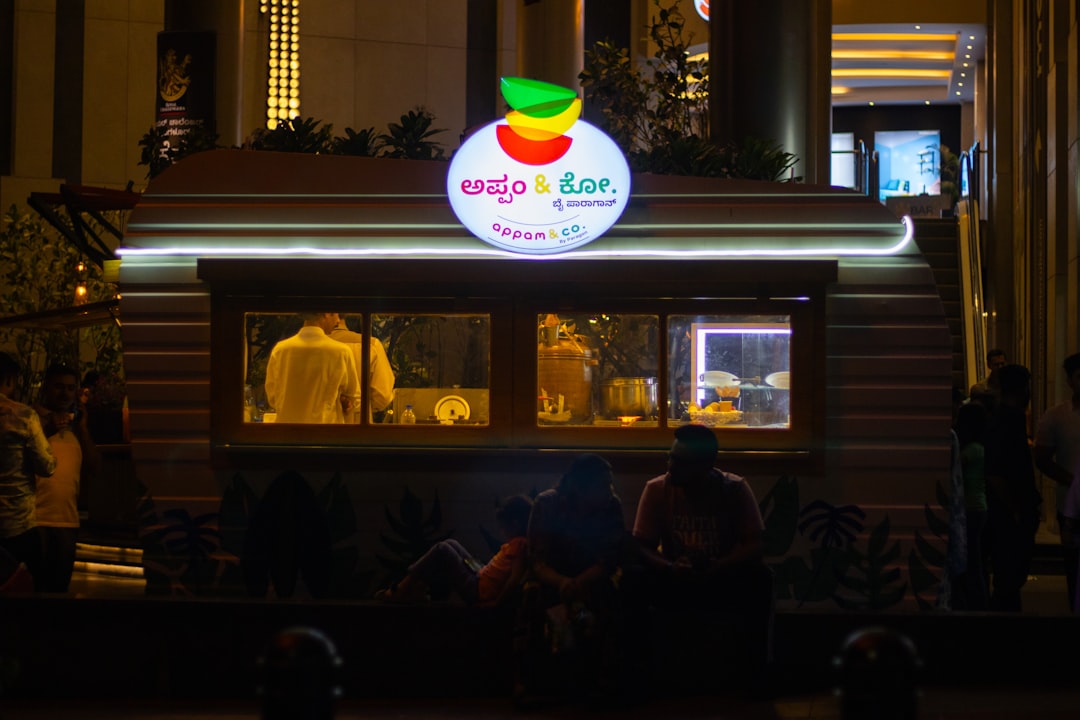
QR codes are most effective when they align with natural customer moments. For food trucks, those are menu exploration, payment, feedback, and loyalty. Structure codes around these behaviors to make scanning feel useful and rewarding, not gimmicky.
Operators that connect use cases to outcomes can measure lift clearly. For example, a scan-to-order menu can shorten order dialog by 30 to 60 seconds per customer, which compounds significantly during a lunch rush. A post-purchase feedback code can double the number of reviews captured compared with a generic website link printed on a receipt.
The key is to keep each code focused. One code, one action. Customers should know exactly what they will get from the scan without reading fine print.
Every scan tells a story: who engaged, where, when, and why. When you deploy multiple codes across a customer journey, you collect a precise map of intent. A lunch scan of the menu near an office park signals weekday workers. A late-night scan at a concert venue signals after-hours snackers. Segmenting by intent and context lets you tailor messages that resonate.
Start by separating codes by function: order, feedback, loyalty, and location info. Use dynamic destinations and tags to label scans automatically in your analytics and CRM. Over time you will see patterns that help you design better menus, staff schedules, and promotions. You can then retarget scanners with email, SMS, or ads that feel timely and personal.
For targeting and remarketing strategy, see Sona’s retargeting playbook. With a platform like Sona QR, these segmentation tasks become automated. Each scan flows into your CRM with tags that reflect intent and context, so retargeting is based on real behavior rather than assumptions.
QR codes unify offline surfaces with digital campaigns, creating a consistent, measurable funnel from sidewalk to checkout. Without this bridge, your social posts, local flyers, and truck graphics operate in silos and are difficult to attribute. With clear QR calls to action, you can connect every channel to a purposeful next step.
Begin by aligning creative and offers across channels. If your Instagram promotes a new fusion taco, the truck’s A-frame should show the same hero image and a QR code that loads the item at the top of the menu. If you sponsor a neighborhood event, codes on event posters should lead to a schedule-specific promo. A cohesive experience keeps customers engaged and reduces decision fatigue.
By managing codes and destinations centrally, you can keep messaging in sync and understand how each channel contributes to orders. Sona QR makes this easier through consistent branding, centralized analytics, and CRM integrations that prevent data from getting stuck in separate tools.
Launching a QR program is straightforward when you follow a structured process. Start with a clear goal, map the customer action you want, and choose the right code type and destination. Then design for scannability, deploy in high-intent spots, and iterate based on real performance data.
Treat each campaign as a cycle: plan, build, test, deploy, and optimize. This discipline builds confidence and ensures you learn quickly, especially during busy seasons or new location launches.
Begin with a specific outcome that aligns with your operations. Goals for food trucks often focus on shortening lines, lifting average order value, increasing lunchtime pre-orders, or capturing more reviews. Make the target measurable and time bound so you can evaluate success and iterate.
Good examples include: increase pre-orders between 11:30 am and 1:30 pm by 30 percent, collect 50 new loyalty sign-ups per week from packaging scans, or grow reviews by 25 percent over the next month. With a clear objective, you can tailor copy, incentives, and placements that move the needle.
Choose code types based on the action you want. Dynamic codes are ideal for menus, promotions, and loyalty because they let you update links, add UTM parameters, and centralize analytics without reprinting. Static codes can work for limited, fixed content such as a one-time event flyer.
Match your choice to tracking needs. If you need to attribute orders to a location or time window, dynamic is the better fit. For payment, evaluate your processor options and whether a direct link or wallet pass suits your checkout flow.
Design for clarity and ease. Your code should have high contrast, ample white space, and a short, benefit-led CTA such as Scan to order faster. Pair the code with your logo or menu icon to signal purpose. On truck exteriors, use sizes that scan reliably from 3 to 10 feet. On packaging, test small formats for readability.
Before deploying, test widely. Scan with different phone models, at various angles and distances, and in different lighting conditions. Confirm that the destination loads quickly and is mobile friendly. A slow page can cancel out the time you gain at the window.
Place codes where they intercept intent. Exterior panels convert passersby. Line-of-sight codes along the queue let guests start orders before speaking to staff. Packaging drives post-purchase actions such as reviews and loyalty sign-ups. Event posters and community boards drive discovery and location awareness.
Stagger deployment to measure impact. Launch with two or three placements, track results for a week, then add more. Use consistent CTAs so customers recognize the pattern. Review which surfaces and messages drive scans, then reallocate space to winners.
Instrument every code with UTM parameters and use a QR platform that records scans by time, device, and location. Monitor conversion rates from scan to order, scan to signup, and scan to review. Identify where people drop off and fix bottlenecks such as long menus without search or slow-loading images.
Run simple experiments. Test two CTAs or two hero photos for the same code. Try different offer structures by daypart. Use your analytics to double down on what works. Platforms such as the Sona QR platform centralize this data and can sync scan events to your CRM so you can trigger email or SMS follow-ups automatically.
Convenience is a major benefit of QR codes, but the true unlock is measurement. When you know which surfaces and promotions drive actual orders, you can make confident decisions about design, staffing, and inventory. Without analytics, you are guessing about what caused a surge or a slump.
Modern tools let you attribute revenue to QR-driven actions. You can see that your exterior menu code drove 60 scans between noon and 1 pm, that 45 percent of those scans turned into orders, and that average order value was 12 percent higher than orders placed verbally at the window. Over time, granular data informs everything from daypart pricing to special-of-the-day rotation.
To connect physical scans to outcomes, see Sona’s offline attribution guide. Sona QR captures the essentials for each scan such as time, device, and source. With Sona, you can connect those scans to customer profiles through identity resolution and multi-touch attribution. That means you can see how a menu scan at a festival and a loyalty scan on a takeout bag both contributed to the same repeat purchase, then tailor your next offer accordingly.
QR codes work best when they are easy to understand, easy to scan, and clearly beneficial. Small design choices, consistent messaging, and thoughtful incentives can lift scan rates significantly. Training your team to reference the codes at the right times also helps build habits among customers.
As you scale, automation becomes vital. Use your QR platform and CRM to trigger sequences that keep the conversation going after a scan. Gentle nudges such as a next-day thank you with a small perk for a review, or a midweek reminder about a rotating special, can turn one-time diners into regulars. Start creating QR codes for free.
Creative deployments can keep engagement fresh. For example, include a Scan to learn the story behind today’s special card with a short chef video, or a Scan this sticker on your water bottle for a surprise perk code that rotates monthly. These moments build brand affinity and trackable word of mouth.
The food truck category continues to expand as cities embrace mobile dining, permitting becomes more standardized, and consumers seek variety without committing to a full sit-down experience. With growth comes competition, and operational agility becomes the differentiator. QR-enabled journeys provide a pragmatic way to scale without losing the personality that customers love.
Data-driven decision making is now a practical reality for single-truck operators and multi-truck fleets alike. With every scan, you gather insights about customer preferences, ideal operating hours, and the promotions that resonate. You can even identify neighborhoods or events where your menu outperforms, then schedule recurring visits accordingly.
Across the board, leading operators are integrating QR codes not as a novelty but as a core part of the customer experience. When implemented well, scanning feels effortless and valuable, and it supports your team in delivering great food faster.
QR codes have evolved into essential instruments for modern food trucks, transforming every face-to-face moment into an opportunity for real-time engagement, streamlined ordering, and measurable business growth. By bridging the gap between physical menus, truck signage, and digital engagement points, operators can finally turn every customer interaction into actionable insights and new revenue streams while retaining brand personality and service quality.
With the right mix of strategy and technology, food trucks can overcome legacy limitations like incomplete customer data, inconsistent messaging, and missed sales opportunities. QR codes are no longer just a technical convenience; they are an operational and marketing advantage in navigating today’s competitive street food landscape.
QR codes have revolutionized the food truck industry by transforming slow, manual ordering into a fast, seamless experience that delights customers and boosts sales. They not only speed up ordering but also help food trucks attract new customers, enhance engagement, and gather valuable data on customer preferences and peak times—all critical for staying competitive in a fast-paced mobile business.
Imagine your customers scanning a QR code to instantly view your menu, customize their orders, and pay without waiting in line, while you track every interaction to optimize your offerings and marketing efforts. With Sona QR, you can create dynamic, trackable QR codes in seconds, update menus and promotions on the fly without reprinting, and link each scan directly to your revenue streams—maximizing efficiency and profitability.
Start for free with Sona QR today and turn every scan into a faster order, a happier customer, and a smarter business.
QR codes turn physical touchpoints into digital gateways that enable digital menus, pre-orders, contactless payments, loyalty sign-ups, and data capture to improve marketing and operations.
Best practices include placing clear CTAs beside codes, using dynamic QR codes for real-time updates, deploying codes at high-intent surfaces like truck exteriors and packaging, testing design for scannability, and tracking scans with analytics.
Food trucks can use dynamic QR codes linked to live menus that update in real time, allowing customers to scan, view the menu, build orders, and pay directly on their phones without an app.
Innovative uses include scan-to-order menus for faster service, dynamic promotions for specials and happy hours, digital loyalty punch cards, post-purchase feedback collection, and personalized retargeting based on scan data.
QR codes reduce wait times and decision fatigue by enabling pre-ordering, provide clear and updated menu information, offer contactless payment, and create easy access to loyalty programs and feedback opportunities.
Dynamic web link QR codes for menus and ordering, contactless payment codes, feedback form codes, Wi-Fi access codes, and loyalty or special offer codes are most useful for food trucks.
Place QR codes on the truck exterior near eye level, order counters and windows, takeaway packaging, nearby signage and A-frames, and at community events to intercept customer intent and drive engagement.
Food trucks can segment scan data by time, location, and campaign to build targeted audiences, retarget customers with personalized marketing, optimize staffing and menus, and measure which promotions drive sales.
Define a clear, measurable goal, select appropriate QR code types, design and test codes for usability, deploy codes strategically at high-intent touchpoints, and track performance to optimize continuously.
QR codes replace analog bottlenecks by enabling digital ordering and payments, reducing errors, shortening lines, updating menus instantly, and providing data to inform staffing and inventory decisions.
Use Sona QR's trackable codes to improve customer acquisition and engagement today.
Create Your FREE Trackable QR Code in SecondsJoin results-focused teams combining Sona Platform automation with advanced Google Ads strategies to scale lead generation

Connect your existing CRM

Free Account Enrichment

No setup fees
No commitment required

Free consultation

Get a custom Google Ads roadmap for your business






Launch campaigns that generate qualified leads in 30 days or less.
